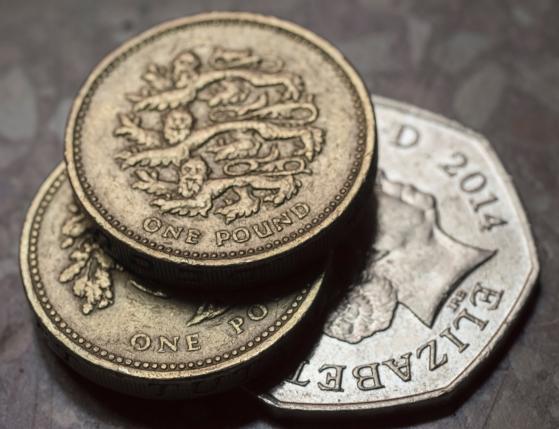The British pound has emerged as one of the best-performing major currencies this year, with analysts from various investment banks predicting further growth despite the potential for the Bank of England to cut interest rates soon.
Goldman Sachs (NYSE:GS) has expressed a positive outlook on the pound in a recent research note, stating that sterling “tops the list” in the G-10 basket of major currency crosses.
The bank maintains a forecast that the pound will rise against the dollar, targeting a rate of 1.31.
As of Wednesday morning, the pound-dollar exchange rate was trading close to 1.28.
Political stability and BOE’s impending decision
UBS echoed Goldman Sachs’ sentiment, noting that the UK “may have transitioned to being the most stable political story in the G-10,” following the Labour Party’s comprehensive victory in early June’s elections.
Under the leadership of Keir Starmer, the new Labour government has brought a sense of stability after a tumultuous period marked by political instability under former Prime Minister Boris Johnson and the brief tenure of Liz Truss.
British Finance Minister Rachel Reeves has emphasized economic and market growth, announcing initiatives such as a national wealth fund and a Budget Responsibility Bill to drive investment and reaffirm the role of the Office for Budget Responsibility (OBR).
Jane Foley, Rabobank’s Head of FX Strategy, suggested that the pound will continue to appreciate in the coming months due to an anticipated recovery in investment growth from a low base.
Despite the strong performance of sterling, traders are considering the potential impact of an interest rate cut by the Bank of England (BOE) in August.
Typically, decreasing interest rates can put downward pressure on a currency by reducing the potential returns that UK assets offer to foreign investors.
Market pricing on Wednesday morning suggested a 60% probability of a rate cut at the BOE’s August 1 meeting. This uncertainty could lead to significant market movements.
Services inflation remains at 5.7%
While the overall inflation number in July’s report aligns with the BOE’s 2% target, services inflation remains at 5.7%, higher than the forecast of 5.1%.
This services print is closely monitored by policymakers as an indicator of price pressures and could influence an interest rate cut.
During a speech at the Asia House in London, the BOE’s Chief Economist, Huw Pill, adopted a cautious tone, noting that some indicators suggest an upside risk to inflation persistence.
He also mentioned that in the absence of significant new shocks, the prospect of Bank Rate cuts remains appropriate.
Sree Kochugovindan, senior research economist at Abrdn, indicated that the BOE’s decision on Thursday is finely balanced, with a slight chance of an interest rate cut.
As sterling navigates through these economic shifts, the currency’s performance will be closely watched by investors and policymakers alike.
The stability brought by the new Labour government and the potential for continued investment growth are key factors that could support sterling’s strength in the coming months.
The BOE’s upcoming decision on interest rates remains a pivotal moment that could influence the currency’s trajectory.
This article first appeared on Invezz.com
